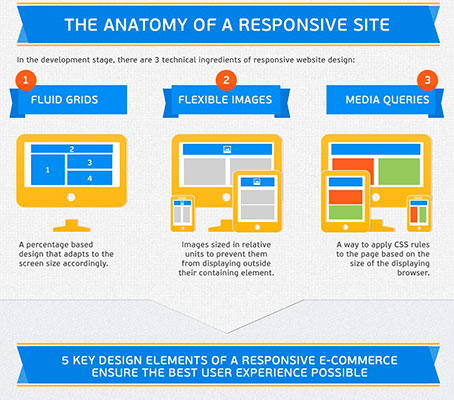The Development Of Internet Site Design: From Earlier Times To Currently
The Development Of Internet Site Design: From Earlier Times To Currently
Blog Article
Team Writer-Johnsen Clarke
In the past, internet sites were straightforward and concentrated on details. Navigating was direct, and design was for desktop computers. Currently, https://daltonnjeyt.bloggactif.com/27113238/increase-your-web-site-s-search-engine-rankings-and-draw-in-more-site-visitors-with-our-professional-website-design-strategies is essential. Information overviews styles for very easy navigating. Responsive designs fit various gadgets. search engine optimization packages , dark mode minimizes stress, and minimalist food selections boost navigating. Interactive features engage users, and strong visuals stand out. AI assimilation improves engagement. See exactly how design has advanced to enhance your on-line journey.
Early Days of Website Design
In the early days of web design, simplicity reigned supreme. Internet sites were standard, with minimal colors, fonts, and formats. The focus was on supplying info instead of flashy visuals. Users accessed the web through slow dial-up links, so speed and capability were essential.
Navigating menus were straightforward, usually situated on top or side of the page. Sites were made for desktop computers, as mobile browsing had not been yet prevalent. Material was king, and designers prioritized simple readability over complicated style elements.
HTML was the key coding language used, and designers needed to work within its restrictions. Computer animations and interactive functions were marginal contrasted to today's requirements. Sites were fixed, with little dynamic content or customized customer experiences.
Increase of User-Focused Design
With the advancement of site layout, a change towards user-focused style concepts has actually become progressively prominent. Today, producing internet sites that prioritize customer experience is critical for involving visitors and attaining service goals. User-focused design entails understanding the requirements, choices, and actions of your target market to tailor the web site's design, material, and includes accordingly.
Designers now conduct detailed research study, such as customer surveys and usability screening, to gather understandings and responses directly from users. This data-driven strategy aids in developing instinctive navigating, clear calls-to-action, and visually enticing user interfaces that resonate with site visitors. By positioning the individual at the center of the layout process, internet sites can provide a much more individualized and delightful experience.
Receptive design has actually also become a crucial element of user-focused layout, ensuring that internet sites are maximized for different gadgets and display sizes. This adaptability enhances accessibility and functionality, catering to the varied ways individuals engage with sites today. Fundamentally, the increase of user-focused layout represents a shift in the direction of developing digital experiences that focus on the needs and assumptions of completion customer.
Modern Trends in Web Design
Check out the most up to date patterns forming web design today. https://www.fool.com/the-ascent/small-business/seo/articles/website-traffic/ is dark mode layout, providing a sleek and modern look while minimizing eye strain in low-light atmospheres. Another key pattern is minimal navigation, simplifying menus and improving individual experience by concentrating on essential elements. Integrating micro-interactions, such as computer animated switches or scrolling impacts, can create a more engaging and interactive internet site. Receptive layout remains important, making certain seamless individual experiences across numerous tools. Furthermore, using bold typography and asymmetrical layouts can include visual rate of interest and draw attention to certain material.
Integrating AI innovation, like chatbots for customer support or tailored recommendations, improves customer interaction and improves processes. Accessibility has also become a considerable fad, with developers focusing on inclusive style practices to cater to diverse customer needs. Embracing sustainability by optimizing site performance for speed and efficiency is an additional emerging fad in web design. Collaborating with customer comments and data analytics to iterate and boost layout constantly is vital for remaining pertinent in the ever-evolving electronic landscape. By accepting these modern-day trends, you can develop a visually appealing, easy to use site that reverberates with your audience.
Verdict
As you reflect on the advancement of website style from the very early days to currently, you can see exactly how user-focused style has actually ended up being the driving force behind contemporary fads.
Embrace the trip of modification and adaptation in website design, always maintaining the individual experience at the center.
Stay present with the current trends and technologies, and never stop progressing your approach to develop visually sensational and straightforward web sites.
Evolve, adjust, and develop - the future of website design remains in your hands.
